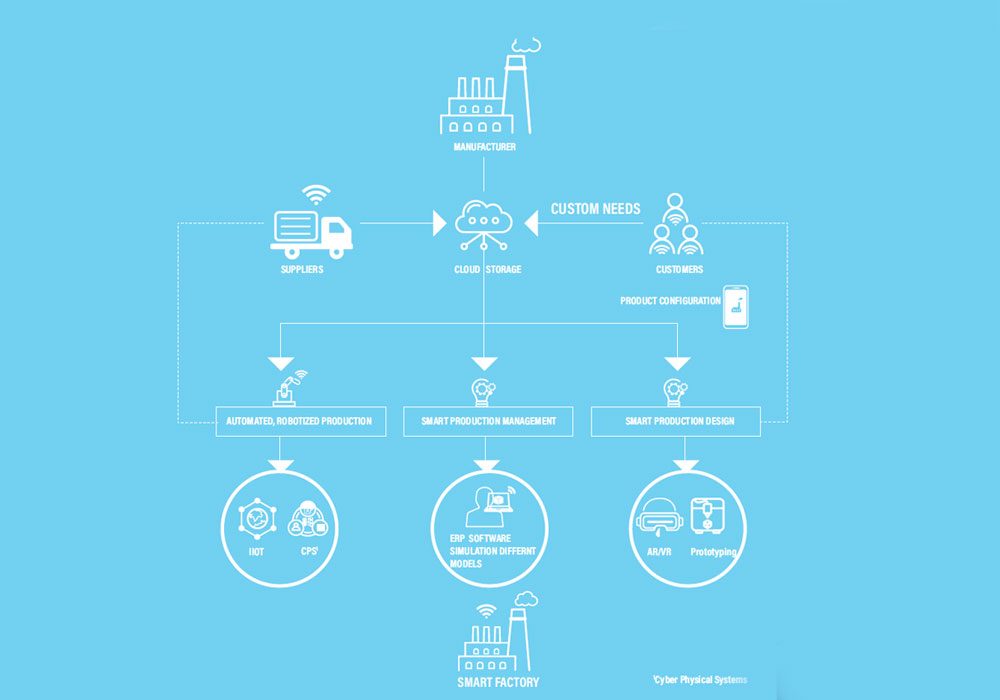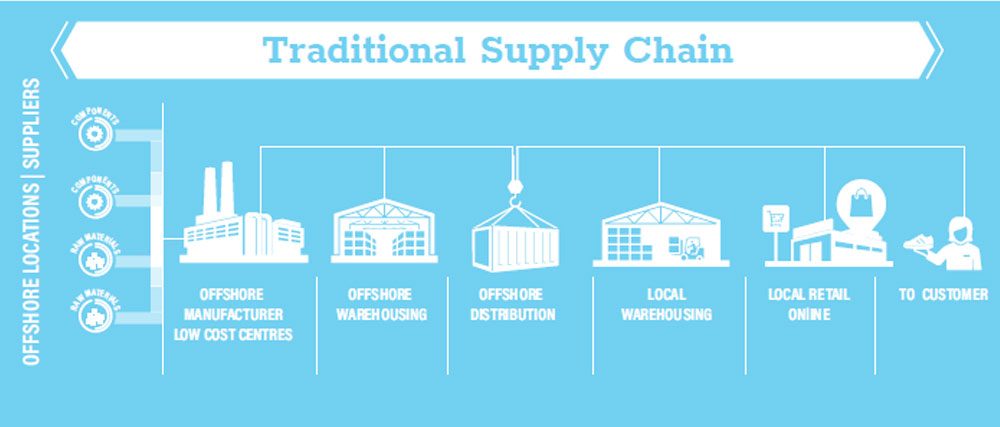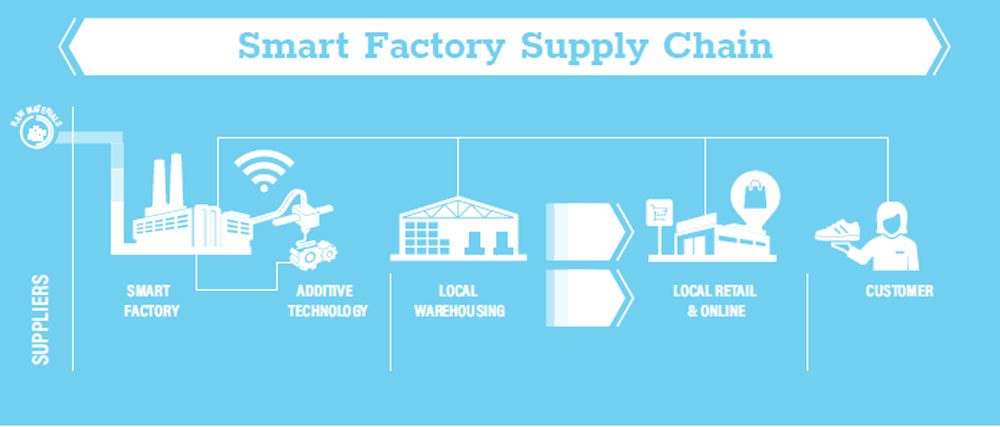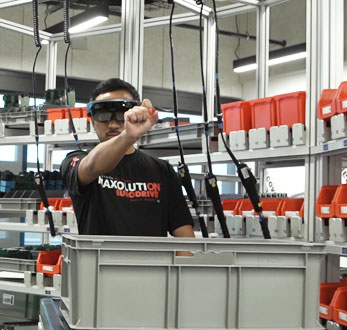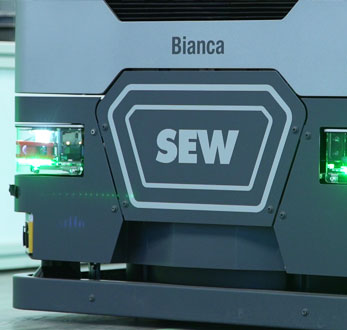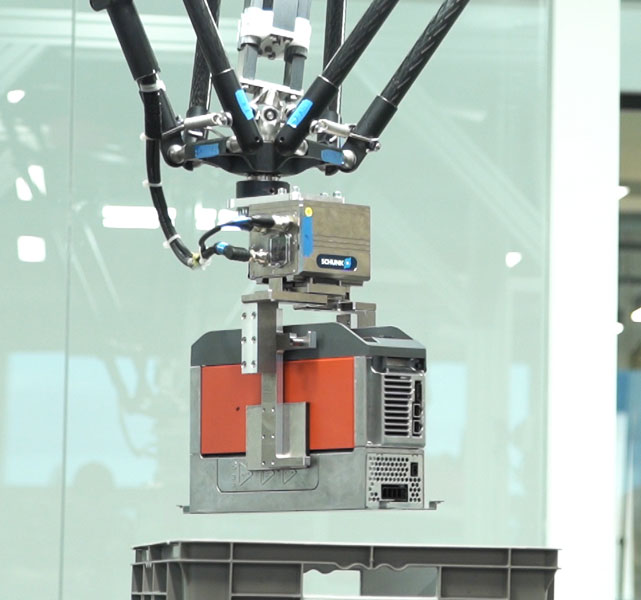The
disassembly
Line
Modularity Foresight &
Adapting to change.
SMART MOVE.
” The Solution is
Modular Systems”.
-Ernst Blickle, Visionary, SEW-Eurodrive –
1945
It’s funny how history repeats itself—always reemerging with the same premise, but adapting to what is relevant at the time. In the 1960s and 70s, milk and other perishables were delivered straight to our doors, and then one day, the service just vanished. Today, delivery of groceries (or anything, for that matter) transcends in-store sales. Predicting how the market is going to react to new ideas certainly isn’t easy; even with sophisticated forecasts, AI analytics, and algorithms, as we all have learned, there’s never a 100% guarantee. But what about the people who created the products we didn’t even know we wanted, all based on a hunch? That is pure brilliance!
